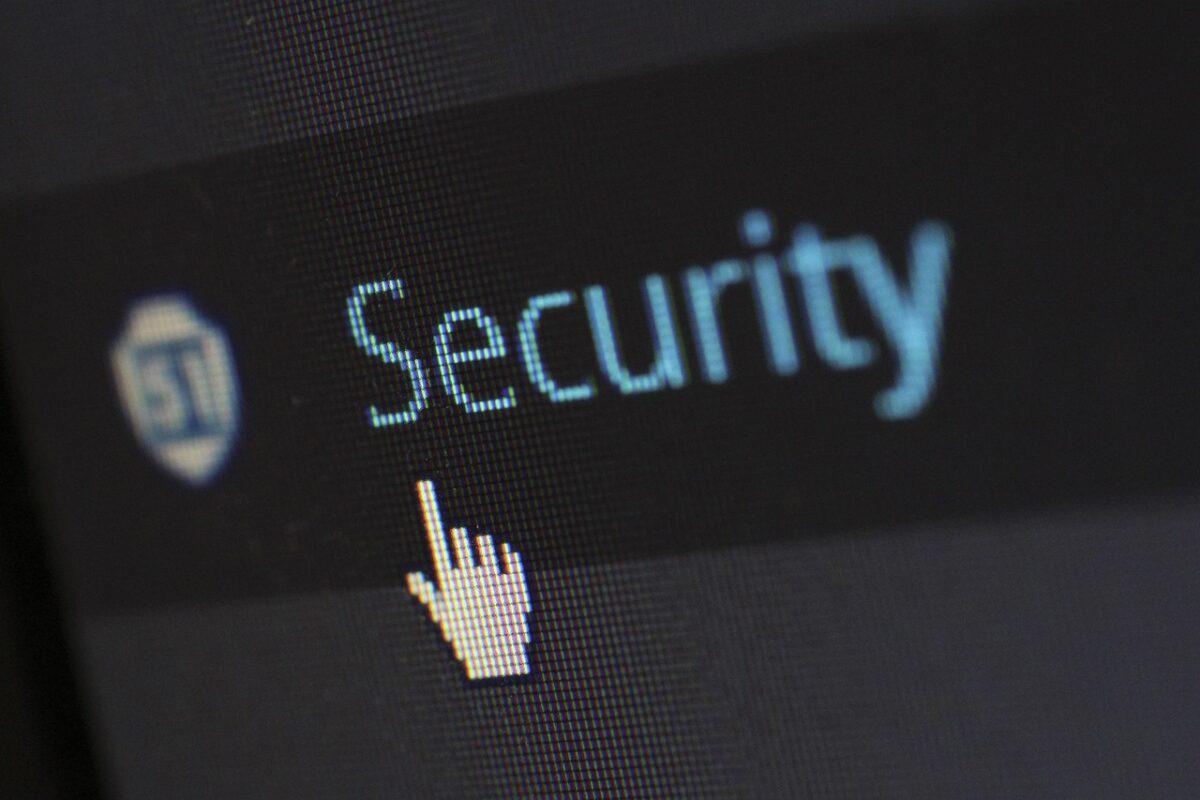Home is where you should feel safest. With advancements in technology, residential security systems have evolved rapidly—from traditional alarm systems to smart home integrations and 24/7 remote monitoring. However, many homeowners continue to rely on outdated systems, potentially leaving their homes vulnerable. If your security system hasn’t been evaluated or upgraded in years, it might be time for a change. Here are five signs that your residential security system needs an update—and why upgrading could mean the difference between peace of mind and preventable danger.
1. Your System Is More Than 5–7 Years Old
Technology advances at a remarkable pace. If your home security system is over five to seven years old, it likely lacks the modern features that new systems provide. Older systems may use landlines for communication, making them easier to disable and less responsive in emergencies.
Why It Matters:
- Limited features: Older systems often lack mobile access, live video streaming, or smart integration.
- Outdated components: Keypads, cameras, and sensors may wear down or become unreliable.
- Higher maintenance costs: Older systems are more prone to malfunctions and require frequent repairs.
Solution: Upgrade to a modern, wireless system with smart capabilities such as mobile app control, HD video monitoring, and real-time notifications.
2. Lack of Remote Access and Control
In today’s smart home era, being able to monitor and control your security system from anywhere is essential. If your current system doesn’t offer mobile app integration, remote arming/disarming, or instant alerts, it’s outdated.
Why It Matters:
- Real-time updates: You won’t be notified of break-ins or suspicious activity immediately.
- Convenience: You can’t control lights, locks, or alarms when you’re away.
- Safety risks: Delay in response time can lead to greater damage or loss.
Solution: Look for systems compatible with smartphones and voice assistants like Alexa or Google Home. This allows seamless control and better protection while you’re away from home.
3. Your System Isn’t Integrated with Other Smart Devices
Modern homes often feature interconnected systems: smart doorbells, thermostats, cameras, and lights. A stand-alone security system that doesn’t work with these devices limits its functionality and makes your home harder to manage.
Why It Matters:
- Inefficiency: Switching between apps or systems makes it harder to secure your home effectively.
- Reduced deterrence: Smart lighting or video doorbells can deter burglars—systems that don’t integrate with these features lose that edge.
- No automation: Automated schedules (like lights turning on when motion is detected) can’t be programmed.
Solution: Invest in a smart security system that integrates with your home’s ecosystem. This provides unified control and maximizes your system’s potential.
4. False Alarms or Missed Alerts Are Frequent
Frequent false alarms or missed alerts are major signs your system is failing. These could be due to faulty sensors, outdated technology, or system errors—leaving you either desensitized or unaware of real threats.
Why It Matters:
- Desensitization: If you frequently receive false alerts, you may ignore real threats when they occur.
- Loss of trust: A system you can’t rely on defeats its own purpose.
- Fines: Some municipalities issue fines for repeated false alarm calls.
Solution: Modern systems have more accurate sensors and smart AI-powered alert systems that minimize false alarms and improve real-time threat detection.
5. You’ve Had a Lifestyle or Property Change
Security needs change over time. Maybe you’ve renovated your home, added new entry points, or started traveling more. A system designed for your old setup may not cover new vulnerabilities or lifestyle changes.
Why It Matters:
- Increased blind spots: New windows, doors, or detached structures may not be covered.
- Poor monitoring: You may require remote access or upgraded surveillance if you’re away more often.
- Higher risk: New valuables (like electronics or jewelry) increase your home’s risk profile.
Solution: Have a security professional re-evaluate your property and update the system to match your current needs, layout, and lifestyle.
Benefits of Updating Your Security System
a. Improved Surveillance
Modern cameras offer HD or 4K resolution, night vision, two-way audio, and motion-triggered recording—far superior to the grainy footage of older models.
b. Enhanced Accessibility
With cloud storage and app-based access, reviewing security footage or arming your system has never been easier.
c. Professional Monitoring
Updated systems often come with 24/7 professional monitoring services that dispatch emergency responders immediately.
d. Energy and Insurance Savings
Smart thermostats and lights can reduce energy bills. Moreover, some insurance providers offer discounts for homes with updated security systems.
e. Increased Resale Value
A modern, integrated security system is a strong selling point for potential buyers, adding value to your property.
Final Thoughts
An outdated security system may give you a false sense of safety. Recognizing the signs that your system is no longer effective can prevent potential breaches and ensure you’re truly protected. Upgrading your residential security system not only keeps your family and property safe but also offers modern conveniences, improved efficiency, and long-term value.
Don’t wait for a break-in or system failure to reassess your home’s security. Stay proactive—protect what matters most with a security system that evolves with the times.
